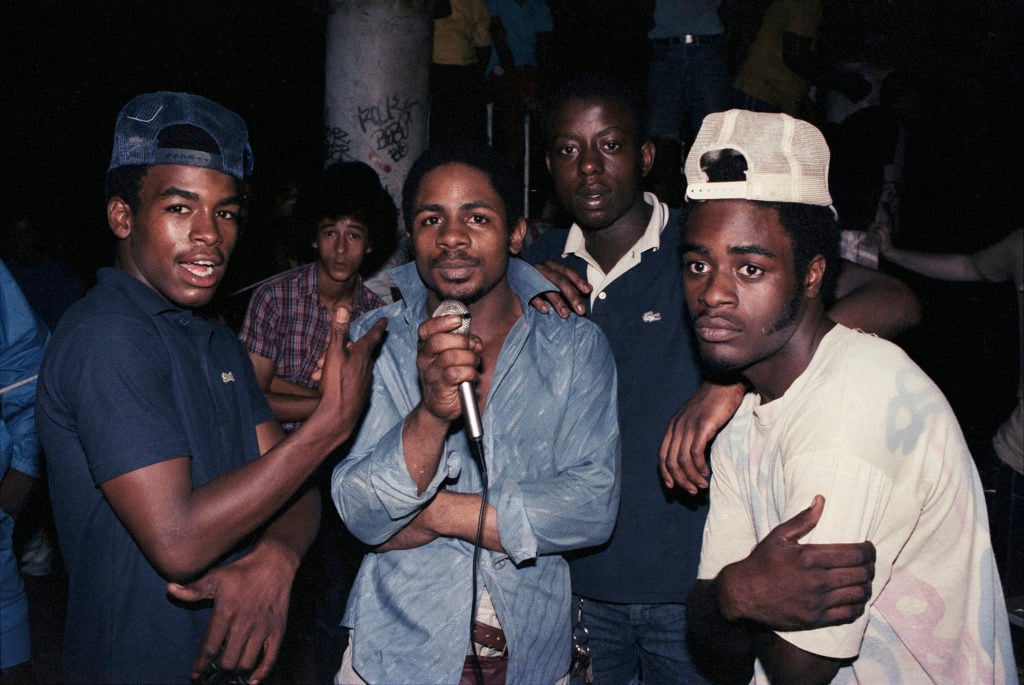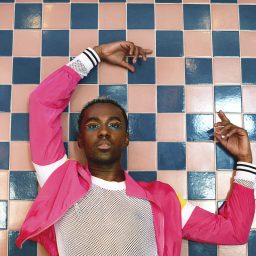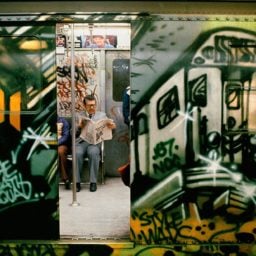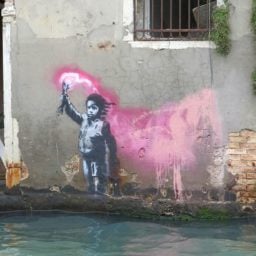Forty-some years ago, Henry Chalfant trained his camera on the graffiti artists who turned New York’s streets, trains, and underground stations into their own personal canvases. Now, the photographer is returning to the Bronx—the place where it all began—for his biggest institutional outing yet.
This fall, the Bronx Museum of the Arts will mount “Henry Chalfant: Art Vs. Transit, 1977-1987,” the artist’s first US retrospective. Curated by Spanish street artist SUSO33, the exhibition will feature hundreds of Chalfant’s photographs depicting the earliest landmarks of ephemeral street art—the vast majority of which have long since been erased, painted over, or otherwise destroyed.
Opening in September, “Art Vs. Transit” will center around a series of Chalfant’s colorful subway car photographs, printed at a life-sized scale so as to emulate the experience of seeing these works—and photographing them—in person. Several hundred smaller photographs—from documentary-style images of dancers, DJs, and hip-hop artists, to urban landscape shots depicting a city in decline—will accompany these massive prints, as will a number of personal artifacts from this era.
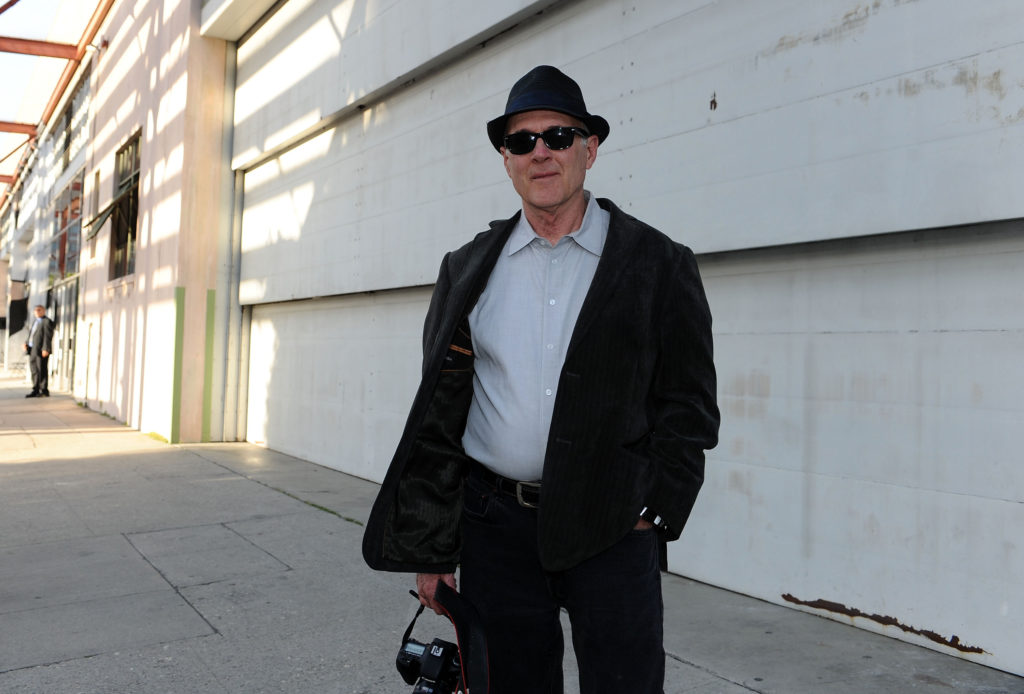
Artist Henry Chalfant attends the MOCA Art in the Streets Artists’ Opening at The Geffen Contemporary at MOCA on April 14, 2011 in Los Angeles, California. Courtesy of Getty Images.
The final section of the show will recreate Chalfant’s old SoHo studio from the 1980s, a place frequented by street artists who would pour through the photographer’s archive, comparing their work to that of others. After he became known on the scene, graffiti writers would even call Chalfant to alert him of their new works.
Trained as a sculptor, Chalfant turned to photography shortly after moving to New York in 1973 and discovering the burgeoning hip-hop and graffiti culture in the Bronx and northern Manhattan. By 1977, he had devoted his career to documenting these nascent art forms. He even developed a shoot-run-shoot technique with which he was able to capture entire trains and murals in successive, overlapping frames on his 35mm camera. Chalfant would print the images out and hand collage them together to create one long picture.
Since that time, Chalfant has become recognized as one of the foremost authorities on this era of hip hop culture and street art. The photographer has authored a number of seminal books on the subject, including Subway Art (with Martha Cooper) in 1984 and its follow-up Spraycan Art (James Prigoff) in 1987. In 1983, he co-produced the PBS documentary Style Wars, an award-winning film that has become recognized as a definitive document of early hip hop. The Bronx Museum should be both a celebration of a storied career and a new chapter.

Henry Chalfant, Gman and Crew at the Park Jam 144th St. and
3rd Avenue, The Bronx, 1984 (1984). Courtesy of Eric Firestone Gallery.
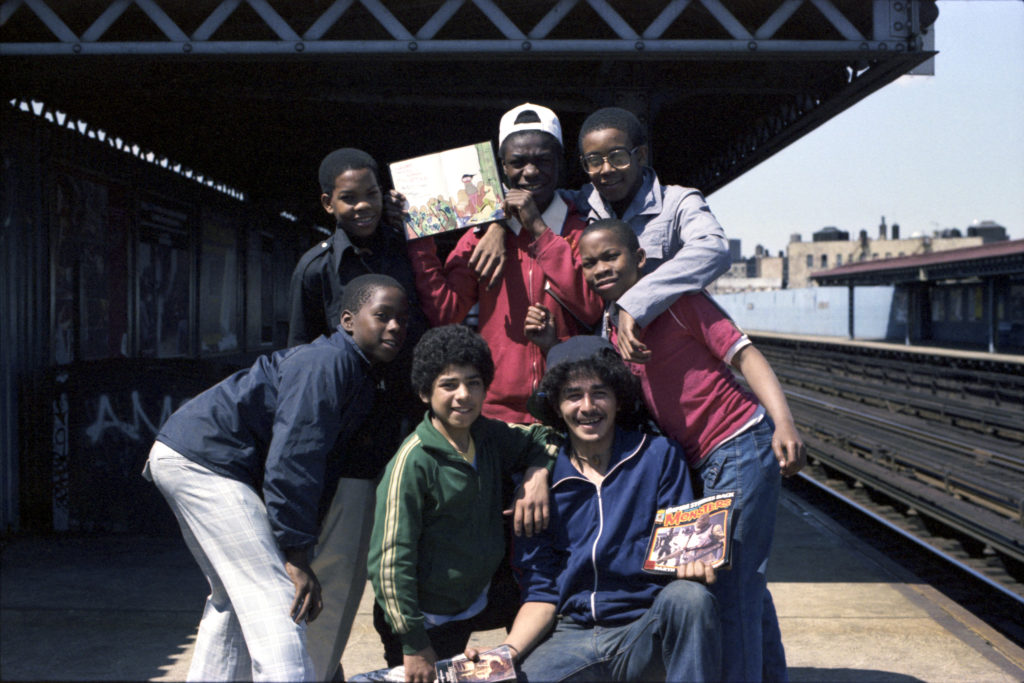
Henry Chalfant, Smily, Ebony Dukes, BS119. Pod and others, Intervale station on the 2’s and 5’s, The Bronx (1979). Courtesy of Eric Firestone Gallery.

Henry Chalfant, BLADE paints a Handball Court at Orchard Beach (1986). Courtesy of Eric Firestone Gallery.
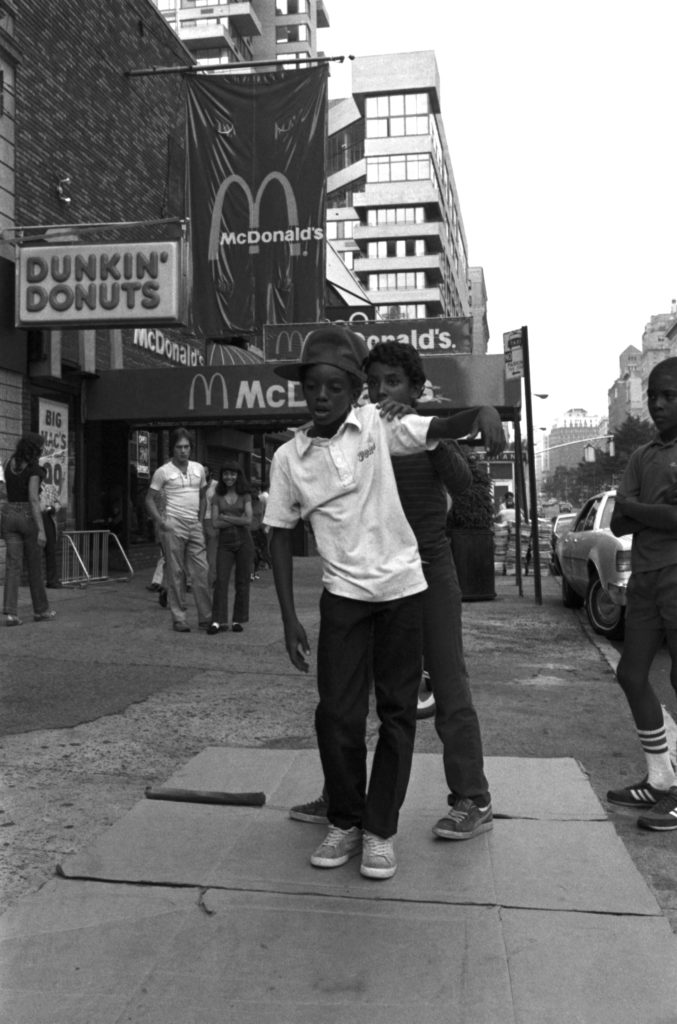
Henry Chalfant, Pop Lesson, 100th St. and Amsterdam Ave. (1984). Courtesy of Eric Firestone Gallery.
“Henry Chalfant: Art Vs. Transit, 1977-1987” opens September 25, 2019 and will be on view through March 8, 2020 at the Bronx Museum of the Arts.
